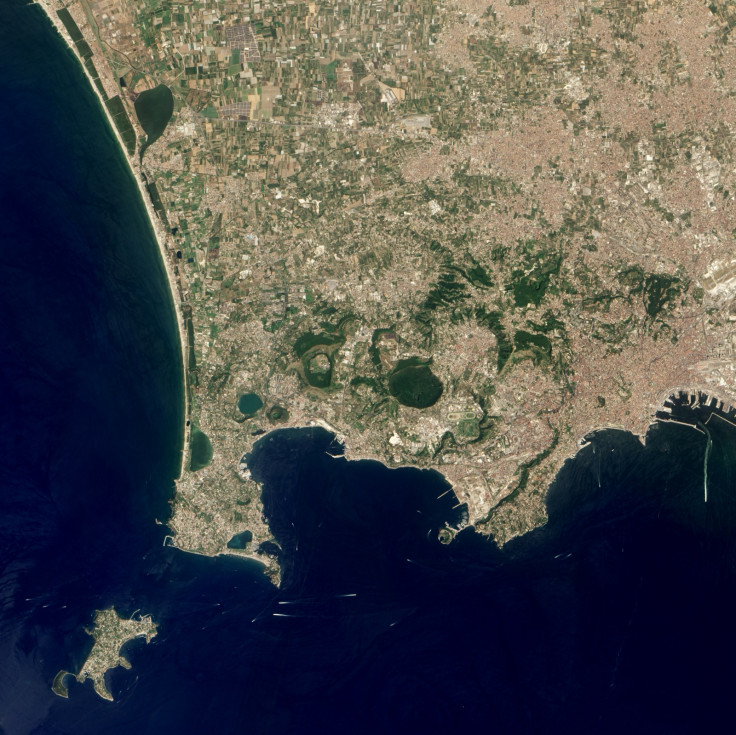Italian super-volcano could be close to erupting
Campi Flegrei is a large area of volcanic activity close to Naples.

A super-volcano in southern Italy is nearing eruption conditions, researchers say, after finding direct evidence of a so-called 'hot zone' – an area of intense volcanic activity.
Campi Flegrei is a huge volcanic caldera - a volcanic area shaped like a crater which formed after a volcano collapsed into itself. It is situated near Naples in a region populated by roughly 1.5 million people.
The caldera has not erupted for hundreds of years and volcanic activity has been minimal since the 1980s when a build-up of hot materials caused a series of small earthquakes.
Using advanced seismological techniques, the scientists found the location of the hot zone which caused the earthquakes in the 1980s. The new research, published in the journal Scientific Reports, could help to predict how and where future eruptions could take place.
"One question that has puzzled scientists is where magma is located beneath the caldera, and our study provides the first evidence of a hot zone under the city of Pozzuoli that extends into the sea at a depth of 4 km," Dr Luca De Siena, leader of the study from the University of Aberdeen said.
"While this is the most probable location of a small batch of magma, it could also be the heated fluid-filled top of a wider magma chamber, located even deeper."
The research shows that magma – hot molten material beneath the Earth's crust – was prevented from bubbling up to the surface in the 1980s by a large rock formation deep inside the ground, explaining the lack of seismic activity since then.
However, the study suggests that this created sideways pressure instead, creating a dangerous build-up inside the caldera which could prove dangerous.
"Whatever produced the activity under Pozzuoli in the 1980s has migrated somewhere else, so the danger doesn't just lie in the same spot, it could now be much nearer to Naples which is more densely populated," De Siena said.
"This means that the risk from the caldera is no longer just in the centre, but has migrated. Indeed, you can now characterise Campi Flegrei as being like a boiling pot of soup beneath the surface.
"What this means in terms of the scale of any future eruption we cannot say, but there is no doubt that the volcano is becoming more dangerous."
"The big question we have to answer now is if it is a big layer of magma that is rising to the surface, or something less worrying which could find its way to the surface out at sea."
© Copyright IBTimes 2025. All rights reserved.





















